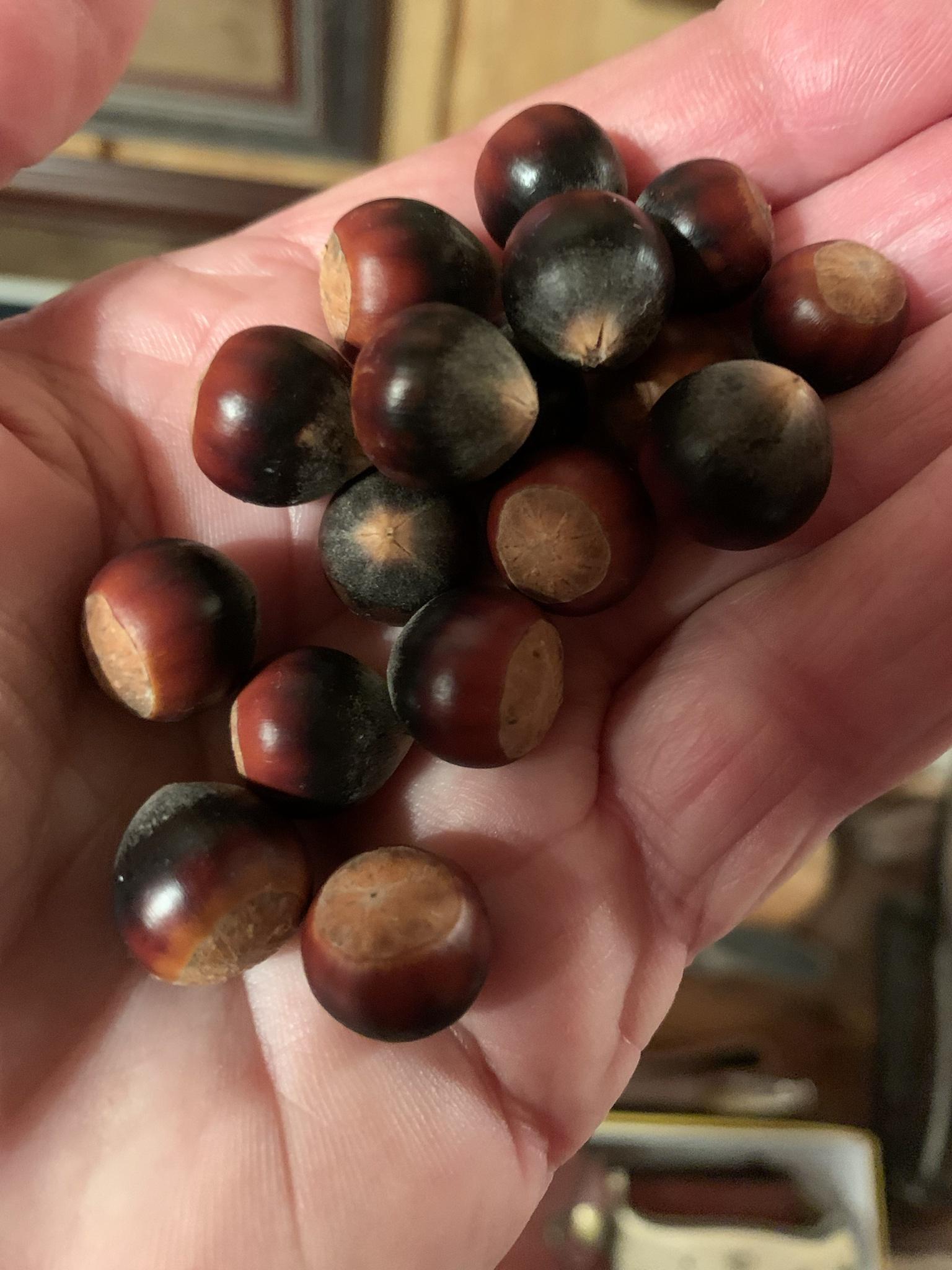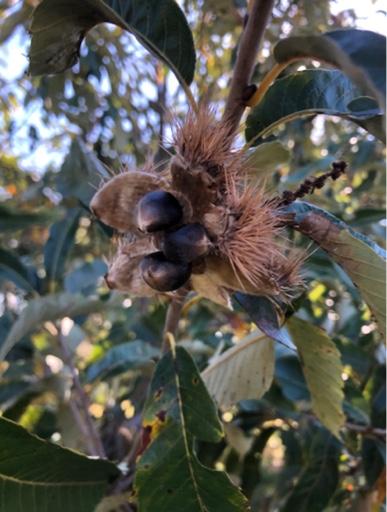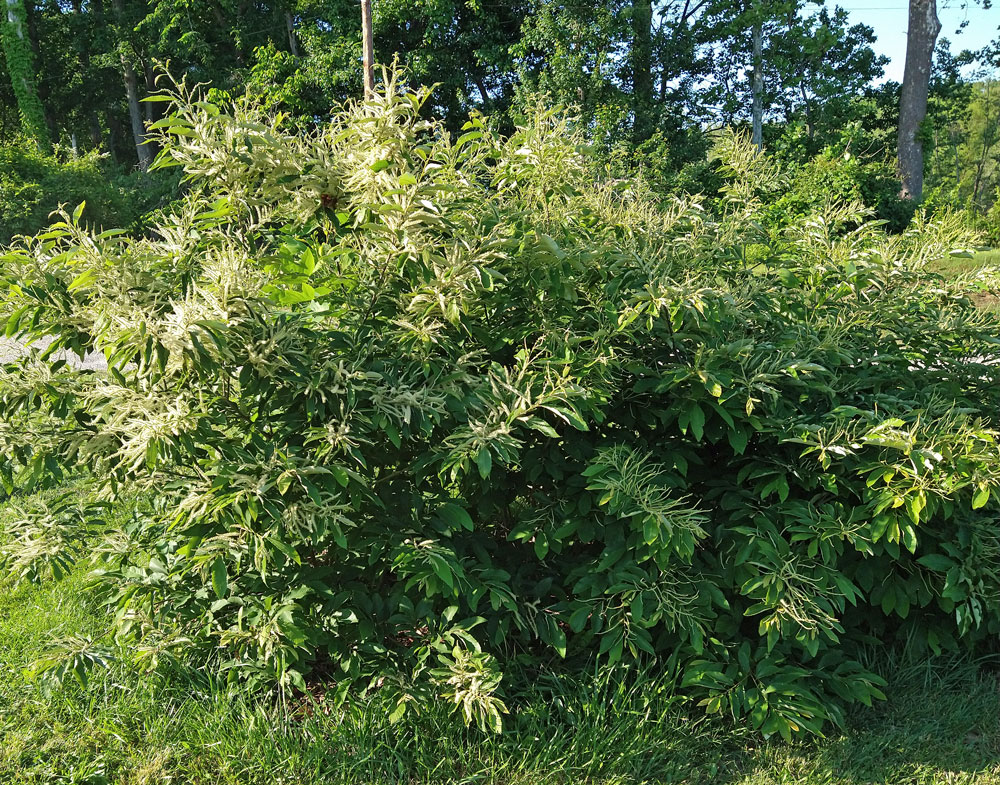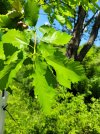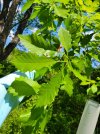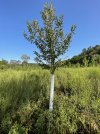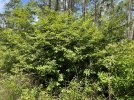I have them growing native at my place. For some reason, they take more of a bush form for me than for Native Hunter. They are a great food source but not a great hunting attraction. The produce lots of small nuts but they are all gone by the time our archery season starts in early Oct. Mine mostly drop in September and are cleaned up by every living animal. Squirrels, chipmunks, turkey, deer, you name it eats them. They are small but very chestnut like (same family).
My trees do get blight. They respond to it by dying back and resprouting from the root system. That may account for my more bush like form. At any rate, unlike chestnut trees, it only takes a year or two after resprouting to begin to produce nuts again. They respond to fire the same way, dying back, and resprouting. They are great wildlife tree.
I've propagated them using rootmakers. Unlike chestnuts they don't need to be cold stratified. I store them in baggies with no medium in the fridge crisper to keep them suspended until it is time to plant them. I've started them indoors under lights. I've also, just taken a bag full of nuts and walked through an old field, poking holes, dropping them in, and stepping in them in the fall. Since they are a great food source, but not available during the season, the locations they grow is unimportant to me so I don't place them strategically.
My soil is heavy clay, but I don't think they are limited to that. They do well in full sun, but I find them growing natively as understory along roads and trails where they get some light. I don't find them in teh middle of pine stands where the canopy is heavy. They are not fast growers, but I've had propagated trees produce nuts after the second year in the field.
Thanks,
Jack
